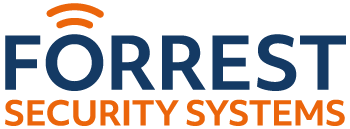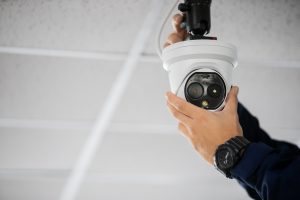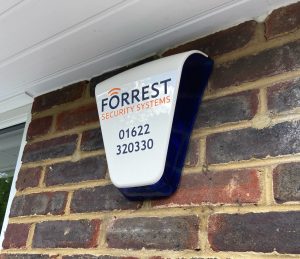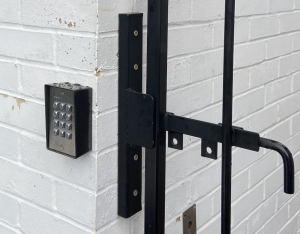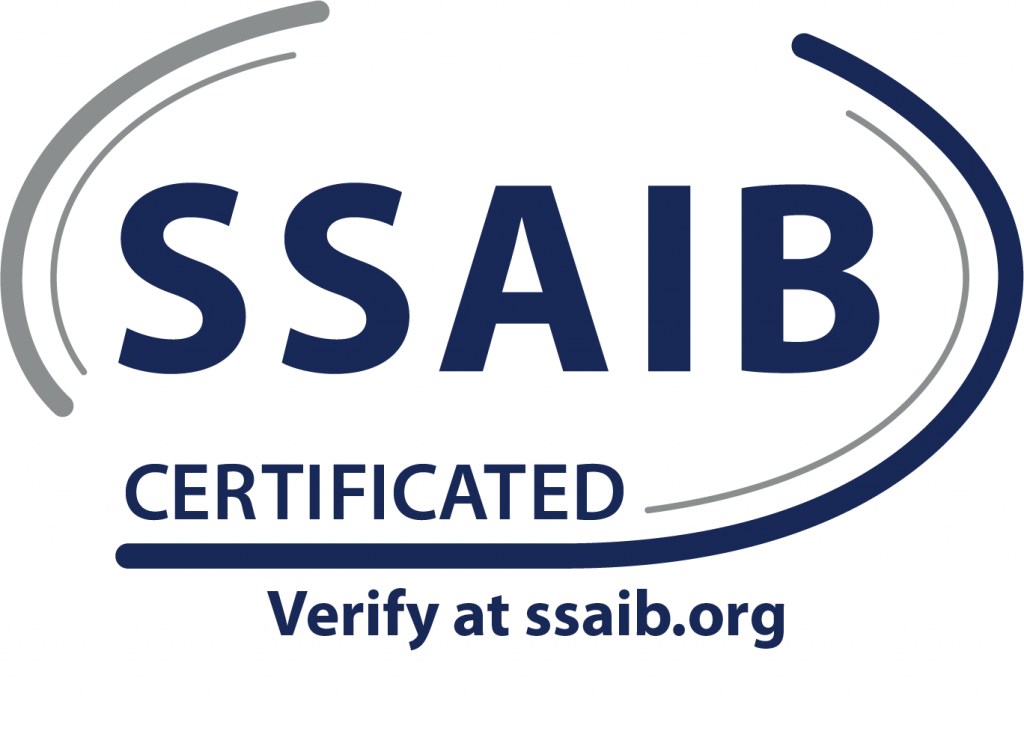In an increasingly complex and uncertain world, safety and security have become paramount concerns for individuals, businesses, and organizations. The need to protect physical assets, ensure the well-being of employees and visitors, and prevent unauthorized access has led to the rise of advanced security solutions. Among these solutions, access control systems have emerged as a crucial tool in safeguarding premises and ensuring the safety of occupants.
Access control systems serve as a fundamental component of comprehensive security measures. They provide a means to regulate entry and exit, limit unauthorized access, and manage the flow of individuals within a building or facility. From card-based systems to biometric authentication and keypad entry, access control systems offer a range of options to cater to diverse security needs.
At Forrest Security n this blog, we will delve into the world of access control systems and explore how they play a pivotal role in ensuring your safety. We will examine the various types of access control systems, their core components, and how they function to maintain physical security. Additionally, we will explore how these systems contribute to managing employee and visitor safety, integrating with other security measures, and enhancing overall security protocols.
Understanding Access Control Systems
Access control systems are security measures designed to regulate and manage entry and exit to a physical space or a digital network. These systems provide the means to control and monitor who has access to a particular area, ensuring that only authorized individuals are granted entry.
At its core, access control relies on the principle of authentication, authorisation, and accountability. Authentication involves verifying the identity of a person or entity requesting access. Authorisation determines the level of access privileges granted to an individual based on their identity and predefined rules. Accountability involves tracking and logging access activities for auditing and security purposes.
How access control systems work to regulate entry and exit
Access control systems operate based on predefined rules and access policies set by administrators. When an individual presents their access card, biometric data, or PIN/password to a reader, the system validates the information against its database. If the presented data matches the authorized credentials and access privileges, the control panel sends a signal to unlock the door or gate, allowing entry.
The control panel also records the access event, including the date, time, and identity of the individual, providing an audit trail for accountability and monitoring purposes. In the case of denied access, the control panel can trigger alarms or send notifications to alert security personnel.
Access control systems can be integrated with other security measures, such as CCTV surveillance systems and alarm systems, to enhance overall security and streamline incident response.
Benefits and Advantages
Access control systems offer numerous benefits and advantages to organizations seeking to enhance their safety and security measures. Here are some key benefits associated with the implementation of access control systems:
Increased security and reduced risks: Access control systems significantly improve security by allowing only authorized individuals to enter restricted areas. By implementing access control, organizations can prevent unauthorized access, reduce the risk of theft, vandalism, and trespassing, and protect sensitive information and assets.
Enhanced situational awareness: Access control systems provide real-time monitoring and tracking of entry and exit activities. This enables organizations to have better situational awareness, knowing who is accessing certain areas at any given time. It allows for quick identification of any anomalies or security breaches, facilitating timely response and investigation.
Improved operational efficiency: Access control systems streamline the process of managing access rights and permissions. They eliminate the need for physical keys and manual record-keeping, reducing administrative burdens. Automated access control systems also enable efficient management of employee and visitor access, ensuring smooth operations and minimizing disruptions.
Flexibility and scalability: Access control systems offer flexibility in granting different levels of access privileges to individuals based on their roles and responsibilities. They can easily adapt to organizational changes, such as employee turnover or restructuring. Additionally, access control systems can be scaled to accommodate the needs of growing organizations or evolving security requirements.
Integration with other security measures: Access control systems can integrate seamlessly with other security measures, such as CCTV surveillance systems and alarm systems. This integration enhances overall security capabilities by providing visual monitoring, evidence collection, and triggering alarms in case of unauthorized access attempts. It facilitates a coordinated response and investigation during security incidents.
Cost-effectiveness: While there are upfront costs associated with implementing access control systems, they often prove to be cost-effective in the long run. They reduce the expenses associated with rekeying locks, replacing lost keys, and addressing security breaches. Access control systems also contribute to insurance premium reductions due to improved security measures in place.
Conclusion
In today’s world, where safety and security are paramount, access control systems have emerged as a key component of effective security measures. By regulating entry and exit to physical spaces, these systems provide organizations with the means to protect their premises, assets, and personnel from unauthorized access, theft, and potential threats.
Throughout this blog, we have explored the various aspects of access control systems. We delved into their definition, basic principles, and the different types available, such as card-based, biometric, and keypad systems. We also discussed the essential components of access control systems, including access cards, readers, control panels, and locking mechanisms.
Furthermore, we examined the role of access control systems in ensuring physical security by controlling entry points, restricting access to sensitive areas, and deterring potential intruders. We also explored how these systems contribute to managing employee and visitor safety through identification, tracking entry and exit times, and implementing visitor management protocols.
If you are interested in access control systems, get in touch with us today for more information.
